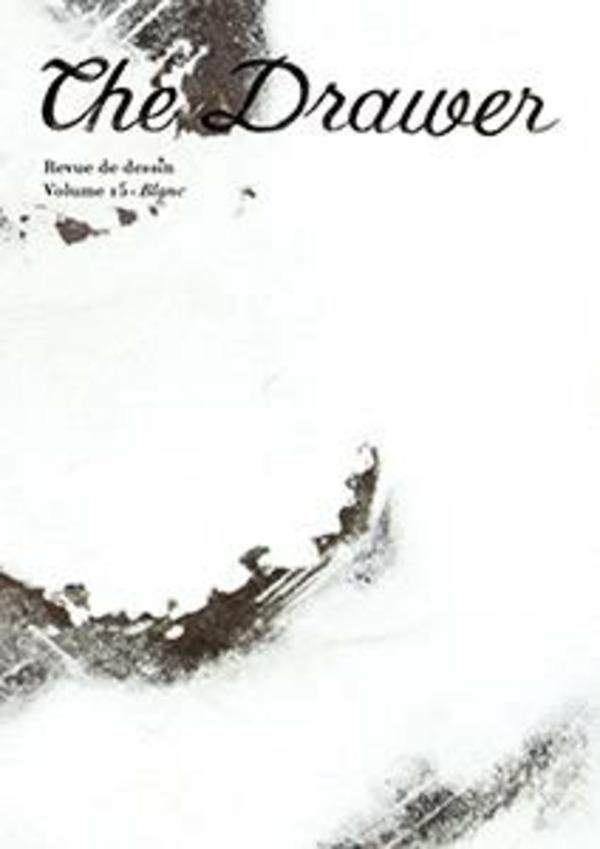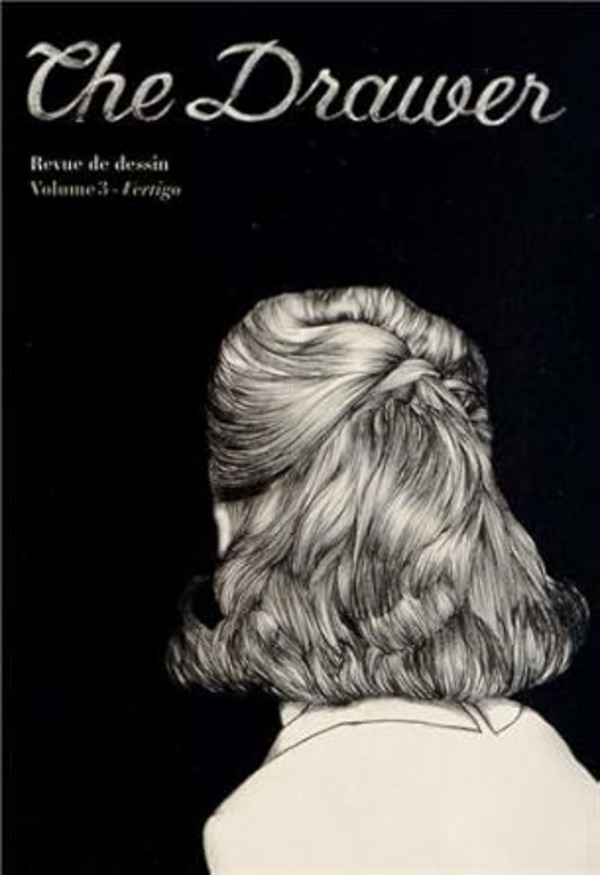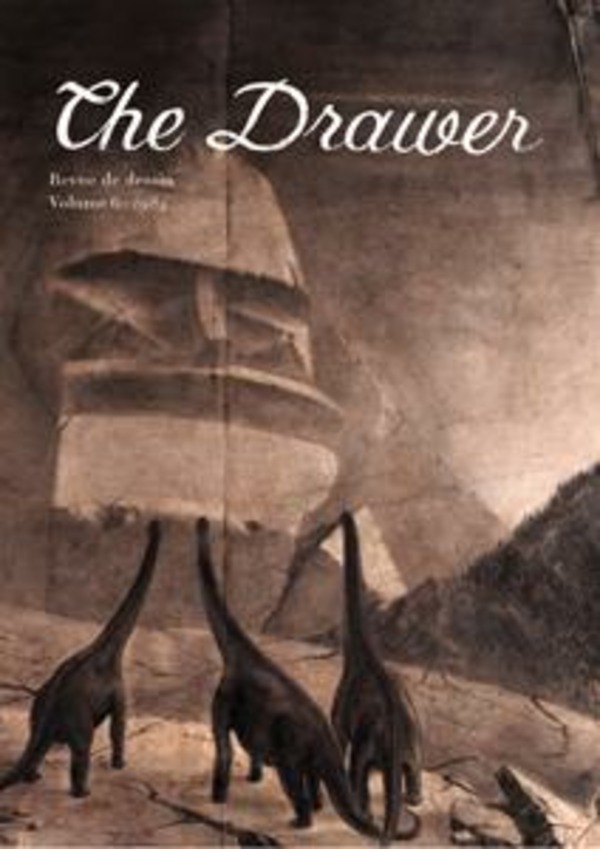Études anglaises - N°1/2009

- 128 pages
- Livre broché
- 14.9 x 22.9 cm
- Études anglaises
- Parution : 25/05/2009
- CLIL : 3146
- EAN13 : 9782252036938
- Code distributeur : 34391
Présentation
Isabelle CASES, John Ruskin, prophète du désastre dans « Traffic »
En 1864, les citoyens de Bradford invitent John Ruskin, critique d'art craint et respecté, à participer à une conférence au cours de laquelle il pourra donner son sentiment sur la construction d'un bâtiment abritant leur nouvelle Bourse de la Laine. John Ruskin leur répond par un long discours traitant de l'inquiétant état physique et moral de la ville et de la nation entière, publié trois ans plus tard dans un recueil intitulé The Crown of Wild Olive. « Traffic » est une description enflammée du danger menaçant les habitants de Bradford et l'ensemble du pays si des changements drastiques ne sont pas adoptés. S'il est évident que Ruskin tente d'y effrayer les classes industrielles dont il méprise l'attitude outrecuidante en soulignant le déclin artistique et social de la civilisation victorienne, on peut aussi lire ce discours comme l'expression de sa propre terreur face à une décadence architecturale qu'il analyse comme un signe funeste et de sa conviction que l'industrialisation de masse ne peut que mener au chaos. Il s'agit là de thèmes récurrents dans son œuvre, et l'on peut par ailleurs étudier l'impact de « Traffic » dans le contexte du développement urbain spectaculaire de la période victorienne qui inquiéta nombre de ses contemporains.
In 1864 the citizens of Bradford invited John Ruskin, a then much feared and admired art critic, to a conference, and asked him to give them his opinion about the building of a new Wool Exchange. John Ruskin responded by launching into a long speech on the worrying physical and moral state of the city and the nation as a whole, which was to be published three years later as "Traffic," in a collection of essays entitled The Crown of Wild Olive. “Traffic” is a stern warning and a fiery description of the terrible danger threatening the Bradford people and the country at large, unless drastic changes are adopted. Though Ruskin was obviously trying to frighten the industrial middle classes whose overconfident attitude he despised and to underline the artistic and social decline of the Victorian civilization, his speech can also be read as the expression of his own fears in front of an architectural decadence which he considered as an ominous sign, and of his belief that massive industrialization would bring about chaos. Such themes are recurrent in his works, while the impact of “Traffic” can also be examined in the context of the dramatic urban development, which alarmed many of his contemporaries.
Anne-Florence GILLARD-ESTRADA, “Passing into the great romantic loves of rebellious flesh”: medieval religion and the body in Walter Pater's “Poems by William Morris” and “Two Early French Stories”
This study concentrates on the oft-neglected notion of the “medieval spirit” that Walter Pater defines in two texts, “Poems by William Morris” and “Two Early French Stories.” It attempts to show a paradox: for Pater, the reaction against religion in the Middle Ages—which took the form of medieval antinomianism but also of a sensual or physical liberation—originated in Christianity itself. Our reading also aims at showing how Pater deploys diverging discourses on love, which evoke either disorder or harmony according to whether the focus is on the male or the female body.
La notion d'« esprit médiéval » chez Walter Pater a été relativement peu abordée. À partir de l'étude de deux textes, « Poems by William Morris » et « Two Early French Stories », on s'efforcera de souligner le paradoxe suivant : selon Pater, la réaction contre la religion, qu'elle prenne la forme de l'antinomisme ou d'une libération sensuelle et physique, a pour origine le christianisme lui-même. Notre hypothèse de lecture est aussi que les modalités du discours sur l'amour sont différentes selon que Pater traite du corps féminin ou masculin, l'un évoquant le désordre et l'autre l'harmonie.
Xavier GIUDICELLI, Illustrer The Picture of Dorian Gray : les paradoxes de la représentation
The Picture of Dorian Gray d'Oscar Wilde peut se lire comme l'histoire d'un portrait irreprésentable. Pourtant, ce roman a été illustré à plusieurs reprises. Cet article a pour objet d'étudier les modalités et les enjeux de l'illustration de cette œuvre à travers l'étude d'images tirées de trois éditions illustrées : deux britanniques (Henry Keen, 1925, et Michael Ayrton, 1948) et une édition française récente (Tony Ross, 2000). L'illustration de The Picture of Dorian Gray peut être envisagée comme la tentative de donner à voir ce qui dans l'œuvre de Wilde ressortit à l'irreprésentable : l'illustration réfléchit les fantasmes des artistes et constitue ainsi une mise en abyme de la lecture du roman. La transposition du texte à l'image se fait par ailleurs à travers le filtre de codes esthétiques, mais aussi de constructions idéologiques. L'étude des illustrations de The Picture of Dorian Gray invite enfin à réfléchir à l'inscription du temps dans l'espace du visuel. Envisagées dans une perspective diachronique, les différentes versions illustrées offrent une image changeante de ce roman : derrière elles s'inscrit souvent en filigrane un portrait d'Oscar Wilde.
The Picture of Dorian Gray can be read as the story of a portrait that defies representation. Yet the novel has repeatedly been illustrated. This article examines the modalities and the stakes of illustration through the analysis of images taken from three illustrated editions of The Picture of Dorian Gray: two British editions (Henry Keen, 1925, and Michael Ayrton, 1948) and a recent French edition (Tony Ross, 2000). Illustrating The Picture of Dorian Gray can be seen as an attempt to picture what is unsaid or unsayable in Wilde's text: the illustrations reflect the artists' fantasies and thus offer a mise en abyme of the reading process. The transposition from text to image is also achieved through the prism of aesthetic references and ideological constructs. Finally, analysing the illustrations of The Picture of Dorian Gray leads us to work on the inscription of time within the frame of images. From a diachronic point of view, the various illustrated versions offer a changing image of the novel: what often lies hidden behind them is a portrait of Oscar Wilde.
Nathalie SAUDO-WELBY, The “over-aesthetic eye” and the “monstrous development of a phenomenal larynx”: Du Maurier's art of excess in Trilby
Trilby (1894) was written during the yellow nineties, and George Du Maurier's Gothic plot, fringe characters and abundant medical discourse reflect the so-called morbidity of the time. The characters' artistic practises cause monstrous organic deformities to their eyes and voices. The seductions and dangers of aesthetic transformation in Trilby shed light on Du Maurier's own practise in a novel where he simultaneously makes us see and finds a voice for himself. The Philistine narrator is committed to preserving the health and sanity of the reader and exposes moral certainties in a booming voice, but his indulgence in tales of degeneration and his modest stylistic experimentation attest that Trilby participates in the excesses of the time. Du Maurier's aesthetic is both a feast of the senses, which proves him to be true to his ideal aesthetic type, and a flirtation with misrule.
Dans Trilby (1894), roman fin de siècle, des génies aux capacités surdéveloppées et au sens moral atrophié côtoient des gentlemen plus grands que nature et une foule hystérique. Roman de la dégénérescence, Trilby démontre les inquiétantes déformations physiques et les réactions extrêmes provoquées par l'art. En étudiant les métamorphoses des yeux et de la voix, et en se penchant sur le style du roman, on tentera de mieux cerner son esthétique : témoigne-t-elle d'une participation aux dérives du temps, ou d'une réaction face à ses excès ? Le narrateur jovial à l'optimisme contagieux compense la morbidité de son propos à grand renfort d'hyperboles et de plaisanteries. Les illustrations de l'auteur font triompher une beauté athlétique et aristocratique. Célébration des pouvoirs de l'œil et de la voix, Trilby participe aussi par ses excès aux expérimentations du temps.
Claire MURRAY-MASUREL, « A chalice empty of wine » : l'imaginaire sacramentel dans la littérature fin de siècle en Angleterre
À la fin de l'ère victorienne, une mode catholique se développe dans les milieux littéraires anglais, et nombreux sont les écrivains de la période qui puisent dans le catholicisme comme dans un réservoir d'images. L'attention que les décadents, particulièrement sensibles au rôle prépondérant du signe, du geste, du symbole dans le sacrement catholique, portent à la liturgie et à la dimension esthétique du culte prend racine dans la vision patérienne de la religion, et plus particulièrement du rite chrétien. Dans la littérature fin de siècle, le sacrement est vidé de son caractère sacré, et le signe liturgique perd sa fonction de manifestation pour ne plus être considéré que pour ses qualités esthétiques. L'Eucharistie, en particulier, devient l'élément central d'une religion sans transcendance, une source d'images poétiques, dissociée de tout signifié théologique.
At the end of the Victorian era, Catholicism became an object of fascination in English literary circles, and many Decadent writers drew on the Roman faith for images. They were particularly receptive to the importance of signs and symbols in the sacraments of the Catholic Church. Their interest in the aesthetic dimension of the liturgy can be traced back to Pater's vision of religion and of Christian rituals. In fin de siècle literature, the sacrament is emptied of its sacred dimension, and the liturgical symbol loses its deictic function: it does not point any longer to something beyond itself, but becomes self-sufficient and is considered first and foremost for its aesthetic qualities. The Eucharistic mysteries, in particular, become the central elements in a religion devoid of transcendence, and a source of poetic images dissociated from any theological meaning.
Joanny MOULIN, J. R. R. Tolkien l'antimoderne
L'œuvre de J. R. R. Tolkien a été remise au goût du jour par les versions cinématographiques du Seigneur des Anneaux. Elle a ainsi atteint un public encore plus large que celui des romans, avec sans doute pour résultat d'accroître le nombre des lecteurs, mais aussi l'inconvénient que nombre de spectateurs se contenteront d'avoir vu les adaptations à l'écran. Cela a entraîné certains déplacements dans la réception de Tolkien, qui s'apparentent souvent à des déformations, dues le plus souvent à un manque de connaissance approfondie. L'œuvre de Tolkien mérite d'être replacée dans son contexte de l'histoire des idées du XXe siècle. Il est bon de se souvenir que Tolkien, outre qu'il fut philologue, était aussi un auteur catholique, issu de l'héritage culturel du Mouvement d'Oxford. Nombre de ses idées pourraient lui valoir une place parmi ceux qu'on appelle les « anarchistes de droite », qui ont en commun d'être des critiques éloquents de certains aspects de la modernité.
The work of J. R. R. Tolkien has been given new attention by the film versions of The Lord of the Rings. It has thus been brought to the notice of an even wider public than the novels had won for themselves, no doubt increasing the number of Tolkien readers, but with the drawback that many will remain content with having seen the screen adaptations. This has entailed some shifts in the reception of Tolkien, which are sometimes very close to misrepresentation, mostly for lack of better knowledge. Therefore, Tolkien's literary achievement deserves to be examined in the context of the twentieth-century history of ideas, albeit only to fend off hasty evaluations. It is worth remembering that Tolkien, apart from being a philologist, was also a Roman Catholic author, coming from the cultural background of the Oxford Movement. Many of his ideas would earn him a place among the so-called “right-wing anarchists,” whose works have in common to be eloquently critical of some aspects of modernity.
Xavier KALCK, Silence “even against the language”: George Oppen's poetics of infant joy and infant sorrow
This article proposes to address the question of silence in George Oppen's poetry as the dilemma at its inception, in an effort to see through some of the more crucial critical opacities which still surround his work. Insisting on the poet's mistrust of language in his poetic experiments, and on the difficulties he encountered with the expression of experience, this analysis presents the notion of infancy as lying implicitly at the heart of the texts.
Cet article se propose de considérer la question du silence dans l'œuvre poétique de George Oppen comme le dilemme à sa source, en s'efforçant de percer certaines des opacités déterminantes qui entourent encore cette œuvre. En soulignant la méfiance de ce poète envers le langage au sein de ses expérimentations poétiques, ainsi que les difficultés qu'il rencontra à exprimer l'expérience, cette analyse présente la notion d'enfance comme cœur implicite des textes.
Jean-Pierre NAUGRETTE, Pour une esthétique de l'espionnage : le cas étrange du Dr Pedersen dans The Heroes of Telemark, d'Anthony Mann (1965)
Situé pendant la Seconde Guerre mondiale, The Heroes of Telemark (1965), film d'Anthony Mann, raconte la lutte héroïque d'une poignée de résistants norvégiens contre un occupant allemand décidé à fabriquer de l'eau lourde afin de se procurer la bombe atomique. Est-ce pour autant un simple film de guerre ? Un appui sur les Mythologies de Barthes permet de lire le contexte hivernal des années 1960, associé à la Norvège, sous un autre angle. Une comparaison avec Le Rideau déchiré de Hitchcock (1966) met en lumière celui de la guerre froide. Surtout, l'analyse de la scène où le docteur Pedersen (Kirk Douglas) accepte de se rallier à la résistance du fond de son laboratoire à l'université d'Oslo permet de dégager, avec un traitement spécifique des couleurs, de la musique et de la sur-écoute (overhearing), ce que Peter Szendy (2007) définit comme une « esthétique de l'espionnage ».
Anthony Mann's film The Heroes of Telemark (1965) is set during the Second World War, in German-occupied Norway, and relates an episode during which the underground are pitted against the German attempts at producing heavy water, a first step towards the atom bomb. The underground get in touch with a renowned Oslo scientist, Dr Pedersen (Kirk Douglas). From that moment on, contextual and generic issues lurk behind his conversion to, and involvement in the underground. Is the film a mere war film? “Mythologies” (Barthes) of winter scenes attached to the 60s emerge out of the chilvalric fight against the nazis in the 40s. A comparison with Hitchcock's Torn Curtain (1966) may also bring out the cold war context. Above all, the treatment of colour, music and soundtrack, in the key scene taking place in Pedersen's laboratory, leads to what Peter Szendy (2007) calls “overhearing” or “the aesthetics of spying.”
Biographies Contributeurs
Alexis Tadié
Professeur d'anglais à l'Université Paris 7-Denis Diderot (en 2003) ; Directeur de la Maison française d'Oxford et Fellow de St-Catherine's College à Oxford (en 2005)




